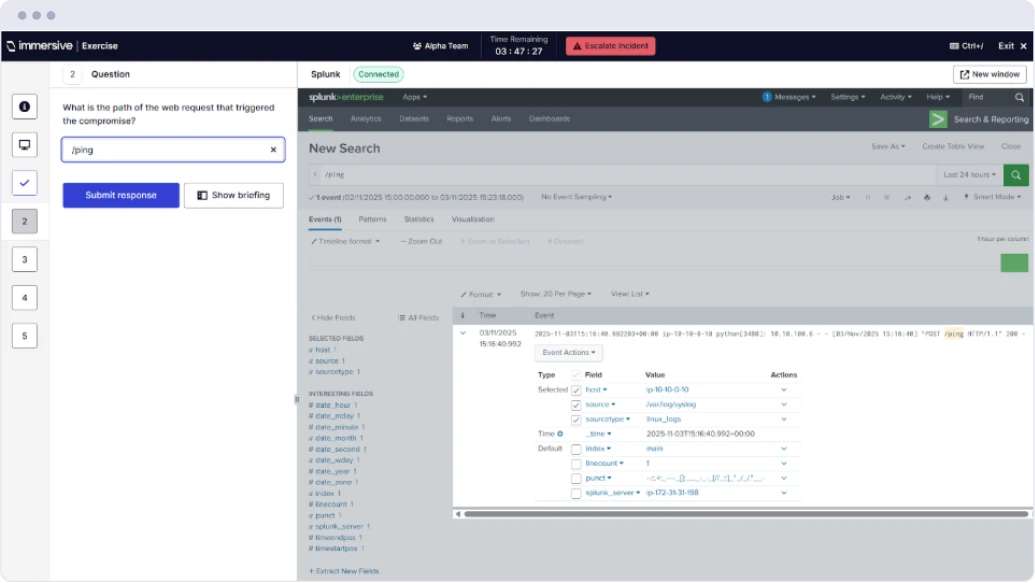Immersive unveils Dynamic Threat Range to transform cyber readiness testing
Immersive announced the general availability of Dynamic Threat Range, a new capability within its Immersive One platform that transforms how organizations validate and improve cyber readiness.
Dynamic Threat Range runs authentic, full-chain, live-fire attacks within supported enterprise environments, delivering a level of realism that traditional log replays cannot match. Powered by a new Infrastructure-as-Code foundation, it enables complex, real-world simulations at scale and provides measurable insight into how teams detect and respond under pressure.
A new standard for continuous cyber resilience
Dynamic Threat Range provides the optimal environment for developing cyber readiness and achieving lasting resilience. By transforming performance into measurable insights, it ensures every exercise strengthens capability and confidence across people, process, and technology.
Key benefits include:
- Train under real conditions: Conduct investigations and detection drills within supported enterprise SIEMs such as Elastic and Splunk to ensure training relevance and transferability.
- Measure what matters: Quantify readiness through objective, evidence-based metrics such as Mean Time to Detect (MTTD) and Mean Time to Respond (MTTR), providing clear proof of progress and ROI.
- Focus on the right threats: Access scenarios curated to mirror the techniques and threat actors most relevant to your organization’s environment.
- Prepare teams for resilience: Build the confidence and coordination required to respond decisively when incidents occur, accelerating overall organizational readiness.
“For years, security teams have been forced to train in environments that don’t reflect their real-world and ever-evolving attack surface,” said Aniket Menon, CPO at Immersive.
“Dynamic Threat Range changes that. By enabling exercises within an organization’s actual SIEM and network technologies, we’re giving leaders and technical teams verifiable, data-backed proof of readiness, and finally moving the industry from ‘we think we’re ready’ to ‘we know we’re ready,’” Menon concluded.
